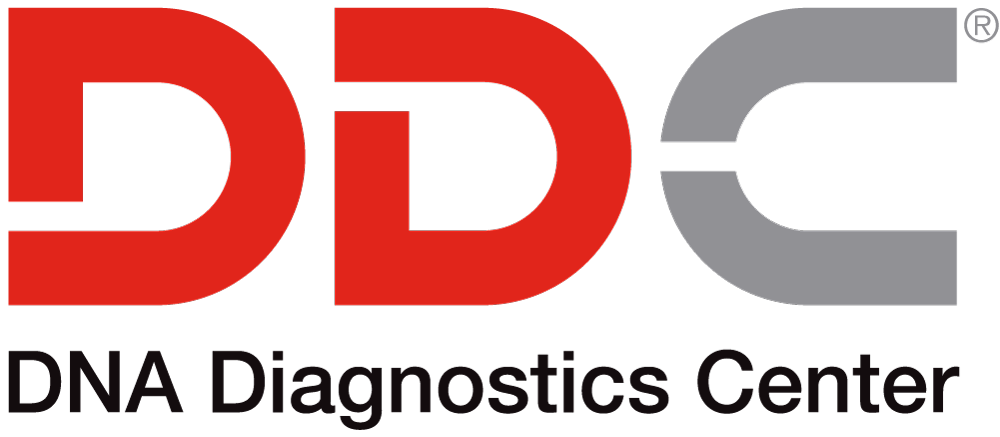AUGUST 20, 2024
Proving Common Ancestral Lineage With DNA Testing
DNA testing is commonly thought of in connection with divorce cases and paternity claims, or criminal justice cases where DNA samples are required of victims or suspects. But DNA testing can also function as a powerful tool for proving the likelihood of ancestral lineage.
Some ancestral lineage DNA tests can show certain characteristics of some of your paternal ancestors. Mitochondrial markers are used to determine your maternal ancestors, finding genetic similarities from over 200 population groups. For people looking to understand their lineage, DNA testing can go a long way to determine how much of one’s ancestral heritage is from distant countries.
When you’re talking about ancestral lineage, DNA testing can be used to:
- Confirm paper trails of lineage
- Establish your geographic region of origin
- Precisely direct research into a specific timeframe/geographic area
- Prove/disprove various relationships among possible relatives
At a very practical level, you personally might use DNA testing to:
- Confirm (or not) a cousin or other extended family relationship
- Check if person’s sharing the same last name might have an ancestral relationship
- Learn if you have a certain ethnicity within your lineage
- Determine the likelihood that a certain biological trait, like hair color, might be present in your child
How is DNA Testing Used in Ancestral Lineage?
There are actually three different types of DNA testing performed in genealogy:
- Y-DNA testing – This type of testing checks the Y-chromosome, which only males have (women have two x chromosomes). The basic idea is that since men carry the surname of their ancestors, it’s fairly easy to trace back the DNA on their Y-chromosome to prove or disprove ancestry. Genetically, the Y-chromosome is almost unchanged when passed from father to son, making the test highly reliable. Men with a common ancestor have nearly identical yDNA.
- mtDNA testing – This type of testing works for both males and females. “Mt” stands for “mitochondria,” which surrounds the mother’s chromosomes. This DNA also passes to children with very little change. This test delivers results just as valid as those offered by yDNA testing. But, the difficulty is that since the originally tested mtDNA comes from women, whose surnames change over the generations, it’s difficult to find a paper trail of potentially related ancestors.
- Autosomal testing – It’s also called “Family Finder” testing. It tests your autosomal chromosomes – you have 22 pairs. It works for both males and females because they have the same 22 chromosome pairs. This test checks the degree to which your autosomal DNA matches that of others tested. You can learn your connection to 16 of your great-great-grandparents. The results are compared against the FTDNA Family Finder database, and you can contact your matches through e-mail. Adoptees often use it to find their biological parents and trace back their genealogy.
How Should You Use It?
Before submitting to a DNA testing, you should have in mind specific questions for which you’d like answers. For example, if your last name is Carson, you might want to know if the Carsons in Maine are related to the Carsons in California. This helps you select which people should be tested.
Understand, however, that answers to your questions may not always be definitive, as access to DNA information from your relatives may be limited. But, you can often get a reasonably reliable answer to your question.
Potential Problems When Testing Your Ancestral Lineage
Testing a single individual’s DNA works well in cases like paternity testing and criminal justice. But, when you factor ancestral lineage into the DNA testing equation, a testing facility will have to compare the results of one test with those of others to make solid conclusions. And you may not always have access to others’ DNA test results.
Another problem that can arise is people you need to have involved in the test may not be interested in doing so. There’s nothing you can do to force them to take a DNA test. What you can do is take the test and compare it to one of the many available DNA databases. But, if those databases don’t have the right information available, you’re simply going to be left with no answers to your questions.
DNA Testing to Clear Up Confusion
One method the DNA Diagnostics Center uses to give you more solid results is to combine multiple types of ancestral testing together. What we recommend depends on who in your family tree is willing or available for genetic testing.
There is no better way for clarifying genealogical questions than ancestral DNA testing. Although accessing the additional information you need to form a solid conclusion can sometimes be challenging, it’s the most reliable method you can use to test your genealogy.
About DNA Diagnostics Center (DDC)
DNA Diagnostic Center is the world leader in paternity and relationship testing. We serve healthcare professionals, government agencies, and individuals around the world to determine family relationships with trusted accuracy.
More Questions? Don’t hesitate to call us: we’re here to help!
CALL NOW




